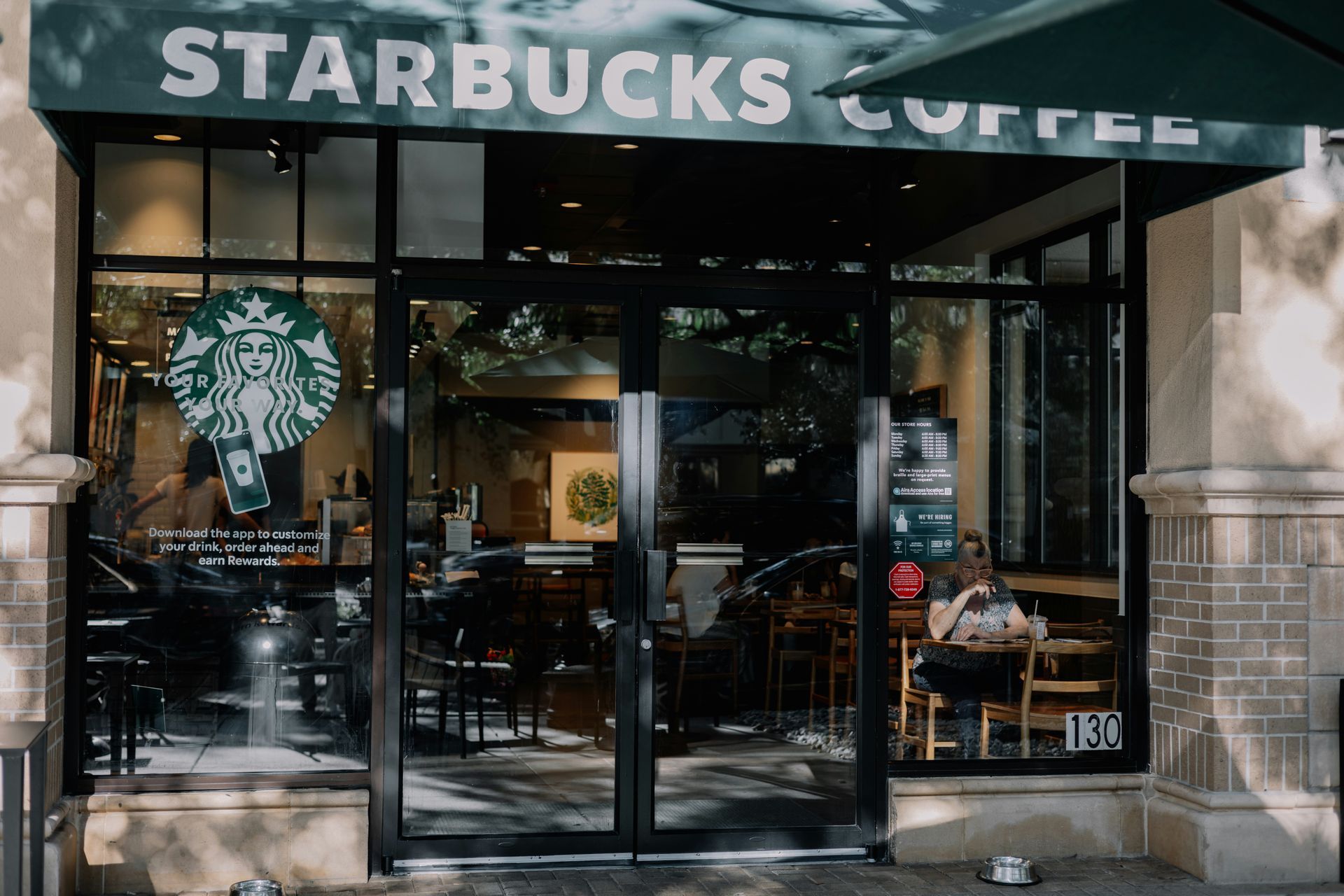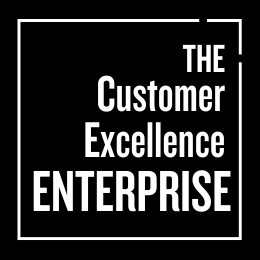The Customer Excellence Enterprise: A Playbook for Creating Customers for Life,
[PART 1] How Experiential Commerce is Reshaping Purchasing Decisions.
[WHITE PAPER | Part 1]: The Future of Marketing is Customer-Centric
REFERENCE: “The Customer Excellence Enterprise: A Playbook for Creating Customers for Life”, Chapter 10: Reimagining Commercial DNA
Part 1: How Experiential Commerce is Reshaping Purchasing Decisions.
In the seismic shift in the tectonic plates of global commerce that is Experiential Commerce, experiential factors now offer CMOs and marketers new ways to positively influence customer purchasing, loyalty, and other lifecycle decisions.
Global commerce is often portrayed with images of sprawling manufacturing plants, robotic assembly lines, and massive container ships cruising across vast oceans, transporting goods from far away places. These images evoke a sense of economic scale, might, and global connectedness meant to inspire us all to greater heights. Yet, this portrayal of global commerce is increasingly a bit of a mirage.
While these tangible elements remain vital to the global economy, they paint an incomplete picture, the true backbone of today’s global economy is not the tangible exchange of value between customers and companies, through the products and goods that flow through supply chains but significantly more about the intangible value exchange driven by services, interactions, and most importantly, human experiences.
Welcome to Experiential Commerce.
The shift from tangible to intangible value exchange is not an abstract concept or speculative trend but a clear and measurable phenomenon. The World Bank reports that intangible services now account for approximately 65% of global GDP, up from less than 50% in the 1970s, signifying a monumental structural transformation in how value is created and exchanged in virtually every industry. This transformation reflects the growing emphasis on intangibles, including intellectual capital, interactions with digital apps and platforms, and most notably experiences, which now collectively surpass traditional tangible goods in terms of economic significance in most countries.
Customers Are Making Purchasing Decisions Differently.
For CMOs and marketers, the relevance of this structural shift is amplified by today’s discerning customers with whom intangible “experiential” factors play a central role in shaping their purchasing decisions. Specifically, customers today are no longer making purchasing, loyalty, advocacy, and other lifecycle decisions based purely on product or brand factors alone—increasingly experiential factors are playing a significant role. While product and brand factors will always remain critical, the overall experience—from ease of purchase to service interactions and post-purchase support—are now decisive. In an ocean of choice, where products can be replicated and brand propositions can get lost in the noise, experiential factors serve as a tie breaker.
Case-In-Point: Experiential Factors in Pharma.
In the traditionally product-driven global pharmaceutical industry, where product safety and efficiency always reign supreme, as much as 35% of a prescribing decision by healthcare professionals is now based on experiential factors, such as ease of access, convenience and availability, while the remaining 15% is based on brand factors, such as company trust and reputation. Across industries, companies that fail to evolve beyond the traditional product-brand paradigm risk being completely misaligned with customer preferences.
Experiential Factors as a Competitive Moat.
The reasons for the emergence of experiential factors in the value equation are not mysterious, they are quite pragmatic. In increasingly crowded, noisy, and hyper-competitive markets, competitors can easily replicate product features, turning even the most sophisticated products into virtual commodities. Similarly, brand messaging can easily be drowned out by countless campaigns hitting customers in every channel, until they are often intentionally avoided and fade ineffectively into the background of customers' busy lives. However, when a customer has a deeply memorable, personalized experience, those experiential factors create a bond that is hard to forget and even harder for competitors to break.
What Customer-Centric CMOs and Marketers Do.
Alongside the traditional dimensions of product and brand factors, customer-centric marketers within Customer Excellence Enterprises (CXEs) are winning
by seamlessly integrating experience as an organic element of value propositions, ensuring it is not an afterthought but a fundamental driver of identity, revenue performance and value.
- They design products, services, and interactions around stated and unstated customer needs, embedding ease, personalization, and emotional connection into every touchpoint, interaction, and journey.
- Taking on the role of customer advocates (or activists), marketers in these outlier organizations sit in the customer’s shoes to determine proposition-customer fit and align brand promises with actual experiences.
- In this capacity, they stretch out of the constraints of customer acquisition and the funnel, working across the entire customer lifecycle to create differentiation, build trust, and foster lasting relationships—transforming experience from a nice-to-have cost center into an essential ingredient in the corporate success formula.
Deep Dive: How Apple Does Experiential Commerce.
As an example of how these dynamics play out, let’s take a look at the product-brand-experience-driven success of
Apple. Though it remains a product-driven company, Apple’s core products — iPhones, MacBooks, and iPads — are often technically comparable to those offered by other companies, but
are offered at a significant pricing premium. However, its real edge lies in the
experiential value it offers. Think of the last time you entered an Apple Store—they are more than just places to purchase products; they are designed to be destinations for engaging with the brand. Illustrating the point in terms of customer behaviors:
- Many tourists travel to New York, London, Tokyo, and other major cities for their holidays and seem to promptly make the pilgrimage to the local Apple Store.
- Through personalized product demonstrations, workshops, and a uniquely curated environment, Apple has created an experience that competitors have tried, but have failed to replicate.
- Apple has mastered the creation of a powerful emotional connection with its customers, which goes beyond product features and the attributes of the brand.
- In doing so, Apple has created a formidable differentiation strategy that remains the envy of their customers and competitors alike.
Key Takeaways:
- Experiential factors must become an equal partner to product and brand factors in the customer value exchange for two specific reasons:
- As key ingredients of intangible value exchange, experiential factors align to customer preferences and how they are making purchasing, loyalty, and other lifecycle decisions; and
- In crowded and noisy markets, experiential factors are one of the few remaining ways to provide a durable dimension of differentiation and create unique selling propositions (USPs) that are truly unique, giving companies points of distinction that are uniquely their own.
Readiness Questions to consider:
- How well does our company currently measure and prioritize experiential factors in our customer value proposition relative to product and brand factors?
- Do we have the necessary data, insights, and capabilities to understand how experiential factors influence customer preferences, purchase decisions, and loyalty across the lifecycle?
- In what ways are we leveraging experiential factors to create defensible differentiation in our market, and how can we further develop unique customer experiences that competitors cannot easily replicate?
Preview: The Future of Marketing is Customer-Centric. PART 2.
Are CMOs and Marketers Disposable or Indispensable?
To learn more, order
“The Customer Excellence Enterprise: A Playbook for Creating Customers for Life”
at all major booksellers.

[PRACTICE NOTE] The Next Chapter of Commercial Excellence in Pharma: The Rise of Customer Excellence










